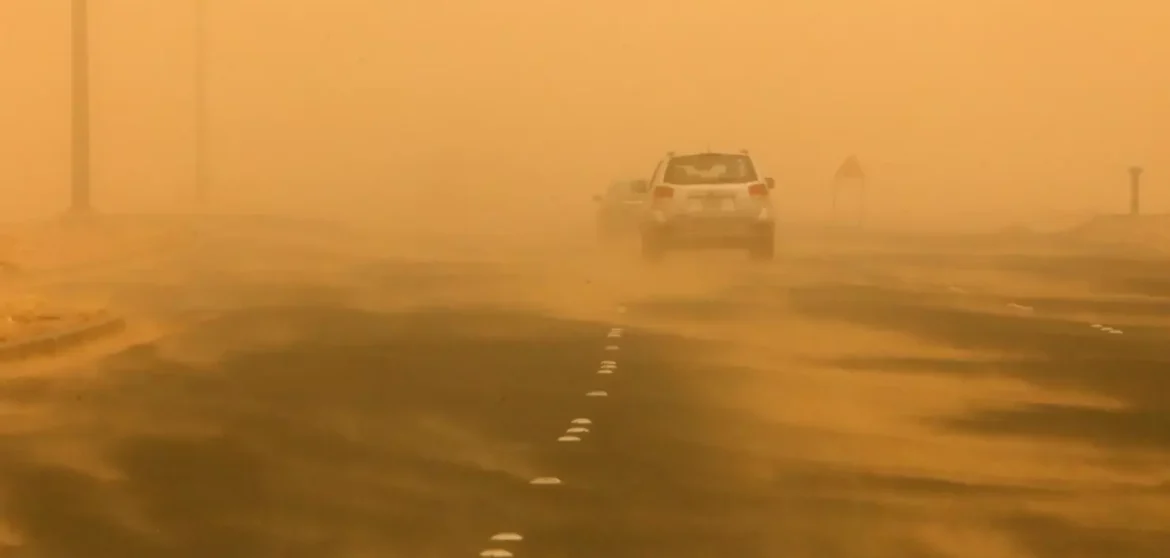10 Ways to Protect Your Car from Sand Damage in UAE
The UAE’s golden sands are stunning to look at, but they can be a nightmare for your car. From fine grains scratching your car’s paint to clogged air filters reducing engine efficiency, sand damage is a constant challenge for vehicle owners in this region. The harsh desert environment, combined with frequent dust storms, can leave your car looking worn and running poorly if it’s not properly protected.
But here’s the good news: safeguarding your car from sand damage doesn’t have to be complicated or expensive. With a few practical steps, you can preserve its performance and appearance while enjoying the beauty of the UAE’s landscape.
Drive UAE will walk you through 10 proven ways to shield your car from the relentless sand and keep it in top shape.
10 Proven Ways to Protect Your Car from Sand Damage
To keep your vehicle in great condition, here are 10 effective ways to protect it from sand damage:
Regular Washing and Waxing
Clean your car frequently to remove accumulated sand and dirt, which can scratch and damage the paint. Applying a protective wax layer after washing not only gives your car a shiny finish but also acts as a barrier against sand particles and UV rays, preventing fading and scratches.
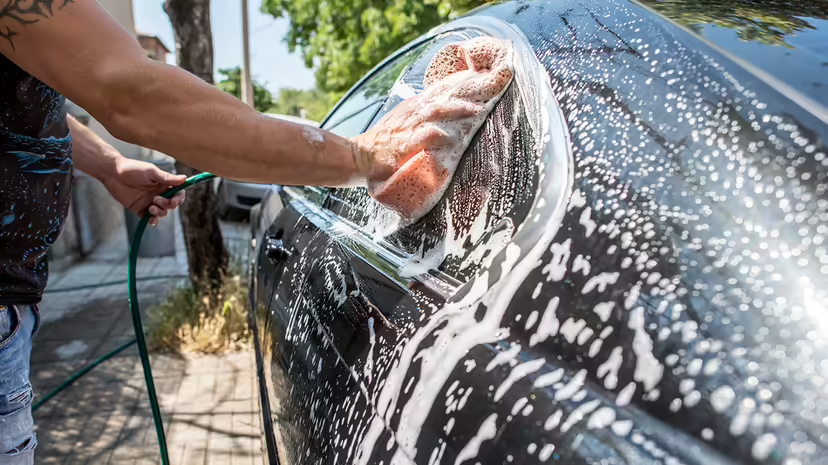
Invest in a High-Quality Car Cover
Use a durable, dust-proof, and UV-resistant car cover when parking outdoors. This protective layer shields your car from sand and sunlight, preventing the paint from becoming dull and the exterior from sustaining damage due to prolonged exposure to harsh weather conditions.
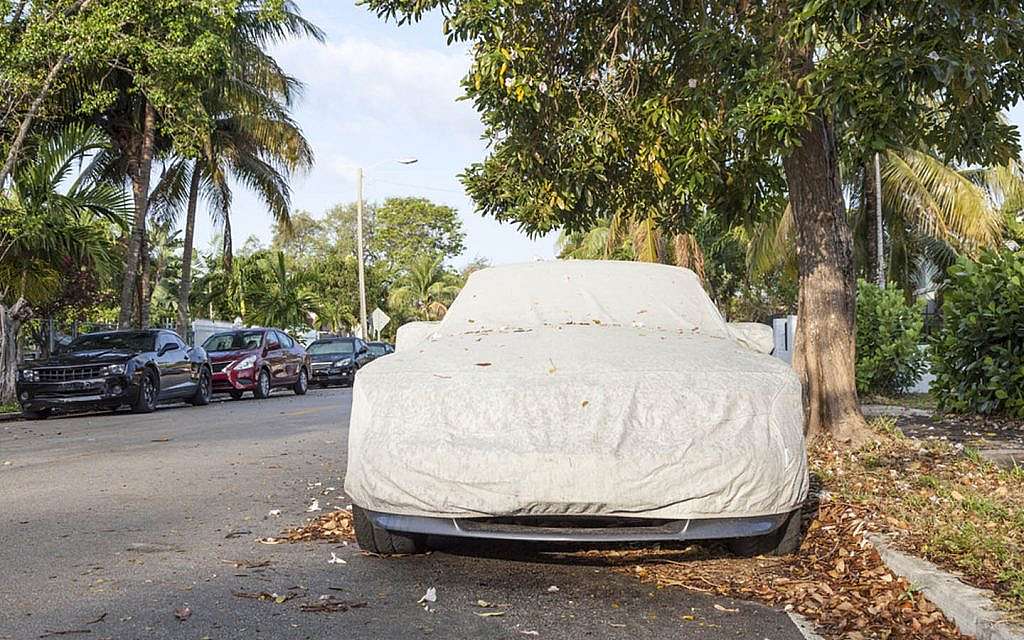
Install Mud Flaps and Splash Guards
Install mud flaps and splash guards to protect your car’s wheels and undercarriage from sand buildup. These inexpensive accessories help minimize the accumulation of sand in hard-to-reach areas, preventing it from causing corrosion and wear on your vehicle.
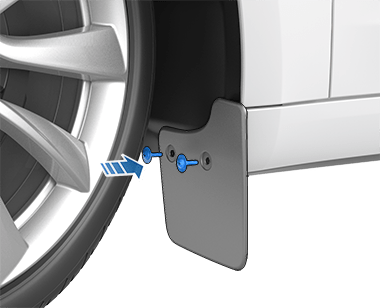
Use Window Deflectors
Prevent sand from entering your car’s interior while driving by using window deflectors. These handy accessories allow you to keep the windows slightly open for ventilation without allowing dust and sand to swirl into the cabin, helping maintain cleanliness and comfort.

Opt for Ceramic Coating
Apply a layer of ceramic coating to your car’s paintwork for long-lasting protection against sand, UV rays, and environmental contaminants. This hydrophobic coating forms a protective shield over the paint, making it easier to wash away sand and dirt and preserving the car’s glossy finish.
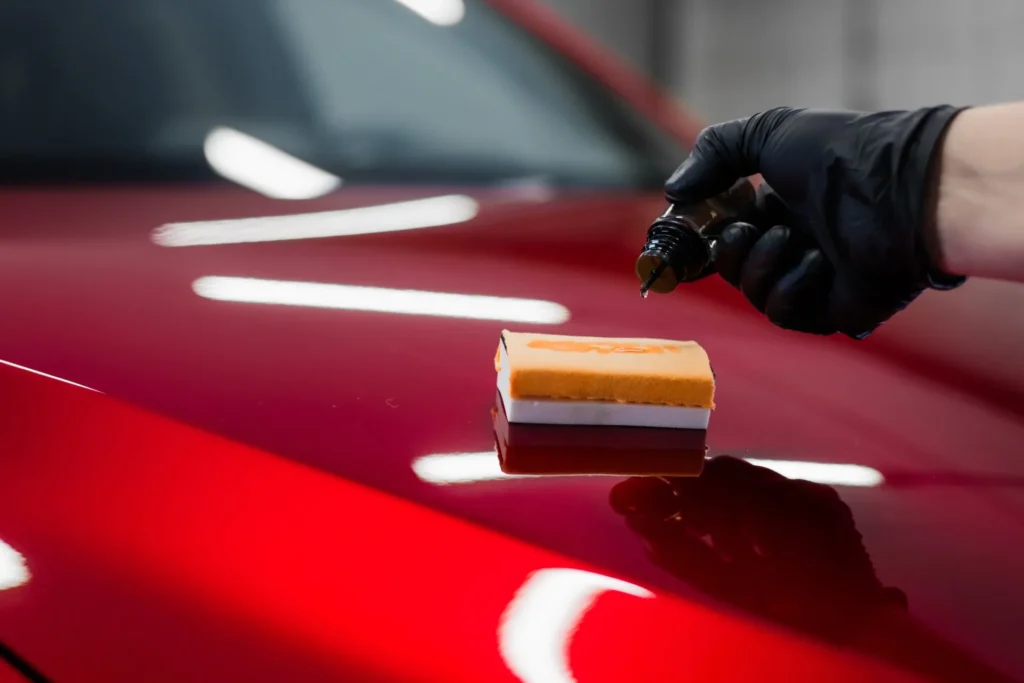
Park in Covered or Shaded Areas
Whenever possible, park your car in a garage, under a carport, or in shaded spaces. This minimizes exposure to both sand and the intense heat of the sun, which can cause the paint to fade and the interior to overheat. Covered parking offers an added layer of protection for your vehicle.
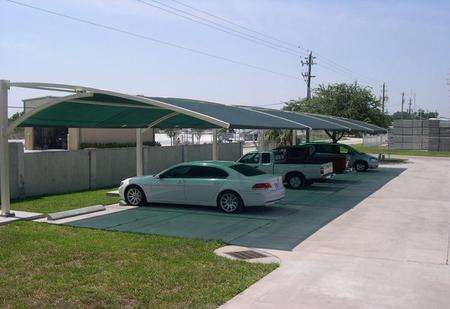
Check and Replace Air Filters Regularly
Sand can clog your car’s air filters, reducing engine efficiency and performance. Regularly inspect and replace the air filters as needed to prevent sand from entering the engine and causing long-term damage, ensuring your car runs smoothly and efficiently.
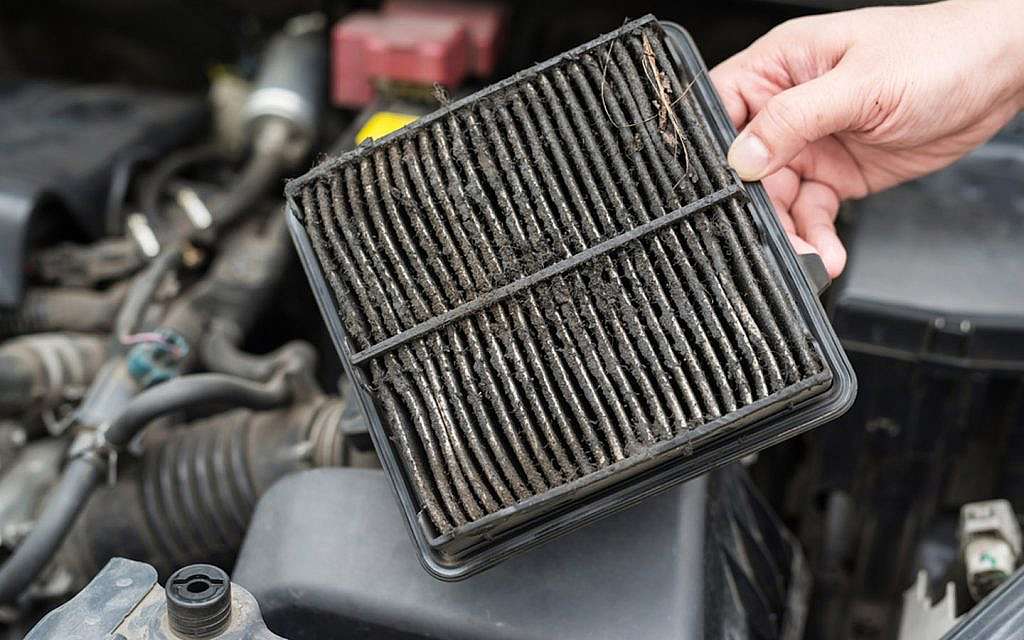
Maintain Proper Tire Health
Ensure your tires are properly inflated and in good condition to prevent sand damage and guarantee optimal traction on the road. Regularly check tire pressure, look for signs of wear, and replace tires when necessary to ensure your car can handle the sand-filled roads safely.
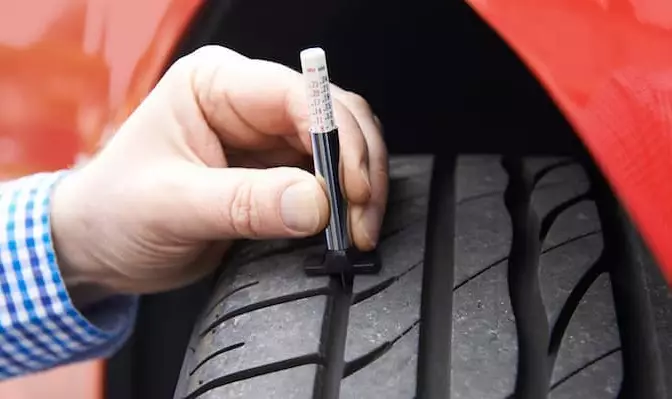
Protect the Interior
Use washable seat covers, floor mats, and dashboard protectors to shield the interior of your car from sand and dust. These accessories are easy to clean and help maintain a tidy and well-maintained interior, preventing sand from causing wear on fabrics and surfaces over time.

Schedule Regular Maintenance Checks
Take your car to a trusted mechanic for regular maintenance checks to address any sand-related issues before they turn into costly repairs. Having a professional inspect areas that may be prone to sand damage, such as the undercarriage and air filters, can help you maintain your car’s performance and longevity.
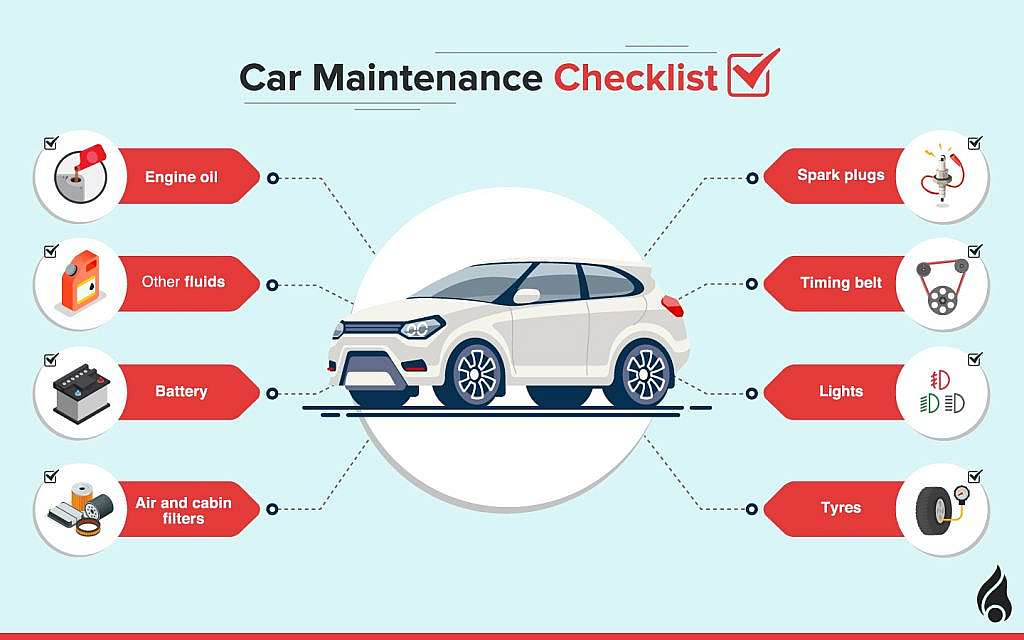
Tips for Driving in Sandy Conditions
Here are some practical tips for driving in sandy conditions:
Adjust Tire Pressure
Lower your tire pressure slightly to increase traction when driving on loose sand. However, ensure you reinflate them to the proper level once you’re back on regular roads.
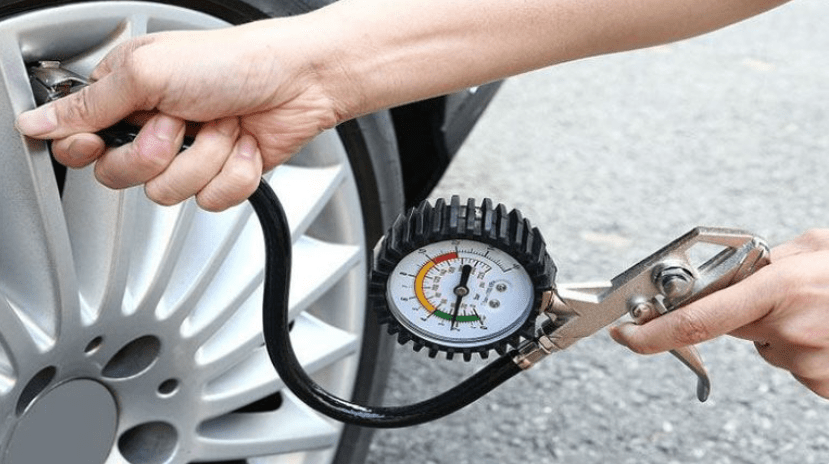
Drive at a Steady Speed
Maintain a consistent and moderate speed to avoid getting stuck. Abrupt stops or starts can cause your wheels to dig into the sand.
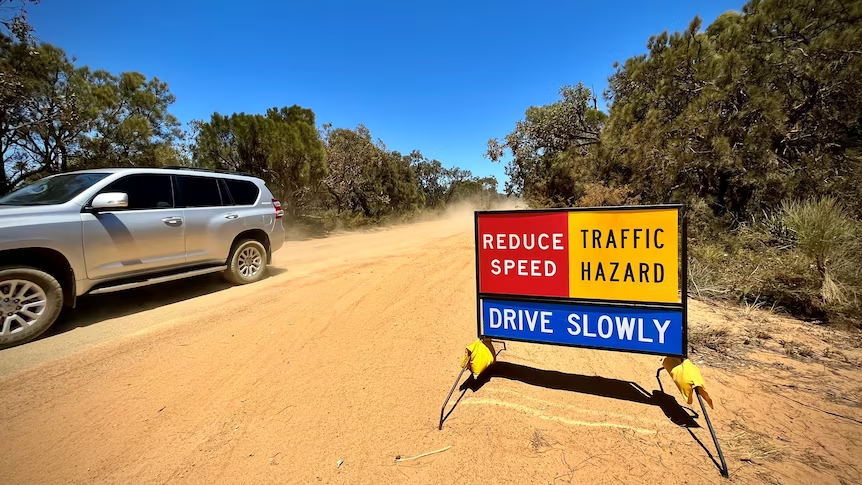
Use the Right Gear
In vehicles with manual transmission, stick to lower gears for better control. For automatics, use the “sand” mode if available.

Avoid Sudden Turns
Gradual steering helps maintain stability and reduces the risk of sinking into soft sand.
Keep Momentum on Soft Sand
When crossing softer patches, keep moving steadily to avoid getting bogged down.
Follow Existing Tracks
If possible, drive along tracks made by other vehicles, as the sand will be more compacted.
Carry Recovery Tools
Equip your car with essentials like a shovel, a tow strap, and a portable air compressor to handle emergencies.
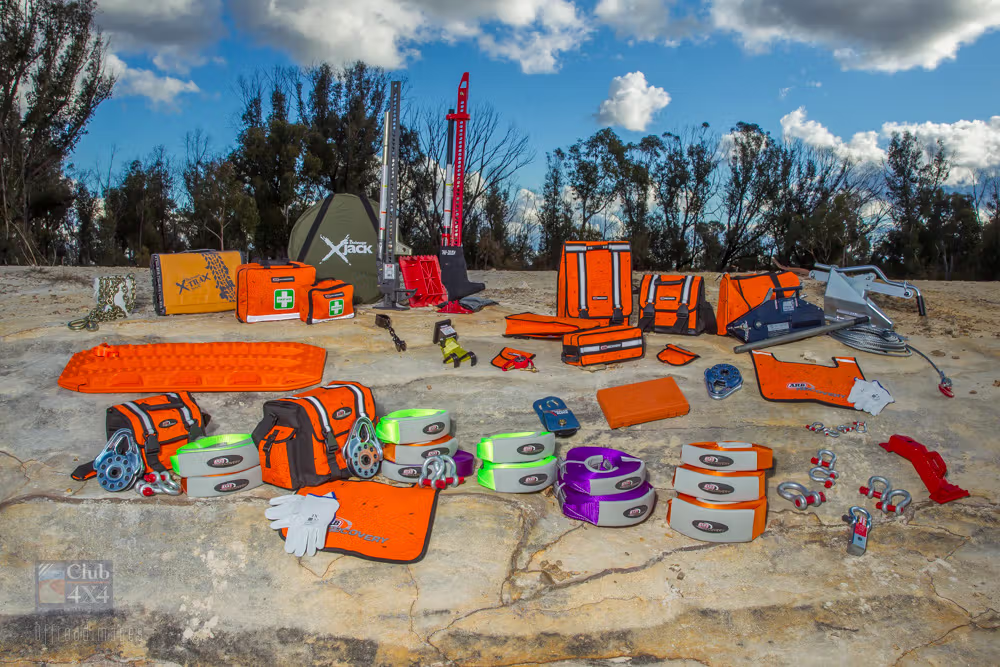
Avoid Overloading Your Vehicle
A lighter car has better chances of staying on top of the sand without sinking.

Watch Out for Hidden Obstacles
Be cautious of buried rocks or uneven ground that can damage your undercarriage.
Stay Alert During Dust Storms
Reduce speed and turn on your hazard lights for visibility if caught in a storm. Avoid driving until it subsides if possible.
Conclusion
Living in the UAE means embracing the beauty and challenges of a desert environment, and protecting your car from sand damage is an essential part of that experience. Start implementing these tips today and enjoy peace of mind knowing your car is ready to face the UAE’s unique environment.

